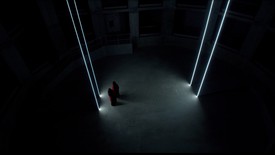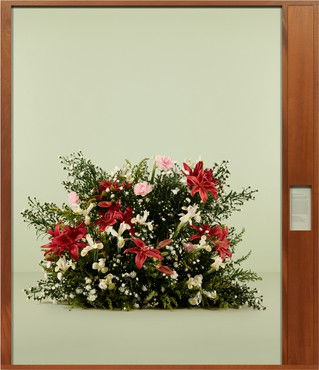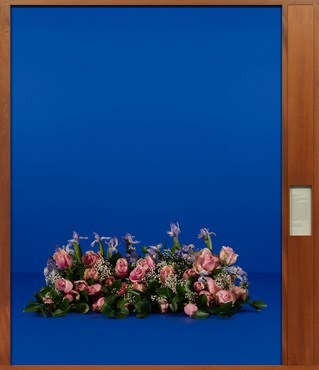About
Gagosian is pleased to present A Burn Scar Visible from Space, photographs from Taryn Simon’s ongoing series Black Square, begun in 2006.
Pink and yellow slips of paper announce the results of the ballot count in Haringey, London, for the European Union membership referendum; a billion-dollar Zimbabwean banknote marks the rapid decline of the nation’s currency; an empty 80-foot pedestal in New Orleans recalls the sanctioned removal of a statue of Confederate army commander Robert E. Lee by a crew wearing bulletproof vests; a charred palm tree, brought to California from the Canary Islands to populate large residential estates, has both fueled and survived a devastating wildfire; a Picturephone from 1964, deemed unnecessary at the time of its release, is an obsolete prototype for present-day video communication; and the dark power of 3-D printing is made clear with a gun named The Liberator, the plans for which can be downloaded by anyone with a Wi-Fi connection.
In the Black Square photographs, Simon presents objects, documents, and individuals in a black field given the same dimensions as Kazimir Malevich’s 1915 painting of the same name. Selected without any intentional categorization, Simon’s subjects form a randomized index of human invention and activity. They are fragments of recent history—detached from context and freighted with anxiety.
#TarynSimon
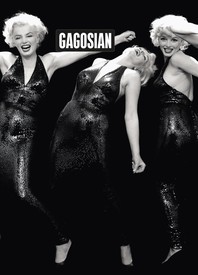
Now available
Gagosian Quarterly Summer 2023
The Summer 2023 issue of Gagosian Quarterly is now available, featuring Richard Avedon’s Marilyn Monroe, actor, New York, May 6, 1957 on its cover.
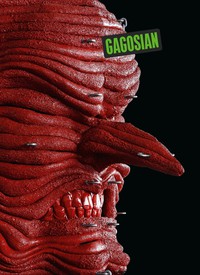
Now available
Gagosian Quarterly Fall 2022
The Fall 2022 issue of Gagosian Quarterly is now available, featuring Jordan Wolfson’s House with Face (2017) on its cover.

In Conversation
Taryn Simon and Teju Cole
This spring, as part of the Lambert Family Lecture Series at the Wexner Center for the Arts, Taryn Simon joined Teju Cole for an online conversation about her artistic practice and creative process.
Taryn Simon: An Occupation of Loss
In Taryn Simon’s performance work An Occupation of Loss (2016), professional mourners enact rituals of grief, simultaneously broadcasting their lamentations from within a sculptural installation. This video by filmmaker Boris B. Bertram documents the April 2018 performance of this work with Artangel in Islington, London.

The New York Public Library’s Picture Collection
Joshua Chuang, the Robert B. Menschel Senior Curator of Photography at the New York Public Library, discusses the institution’s singular Picture Collection, the artist Taryn Simon’s rigorous engagement with it, and four instances of its little-known role in the history of art making.
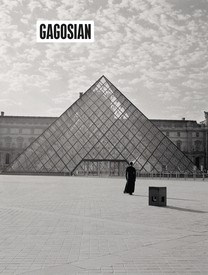
Now available
Gagosian Quarterly Summer 2021
The Summer 2021 issue of Gagosian Quarterly is now available, featuring Carrie Mae Weems’s The Louvre (2006) on its cover.
News
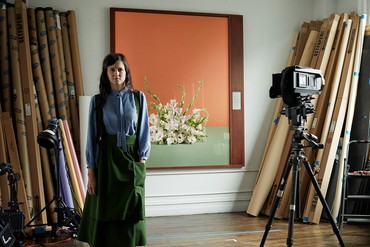
Artist Spotlight
Taryn Simon
June 23–29, 2021
A storyteller and researcher driven by the mutability of fact and the documentary potential of fiction, Taryn Simon directs our attention to systems of organization—bloodlines, circulating picture collections, mourning rituals, ceremonial flower arrangements—revealing the structures of power and authority hidden within. Working in photography, sculpture, text, sound, performance, and installation, she traces lineages of objects, families, nations, and histories.
Photo: Brigitte Lacombe
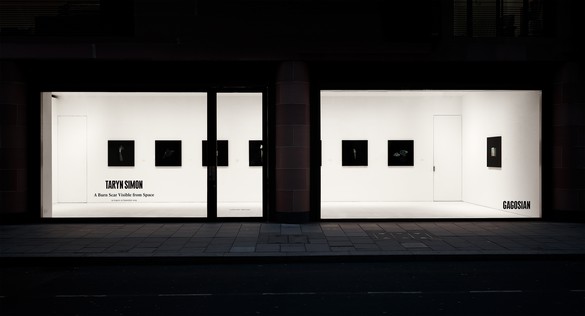
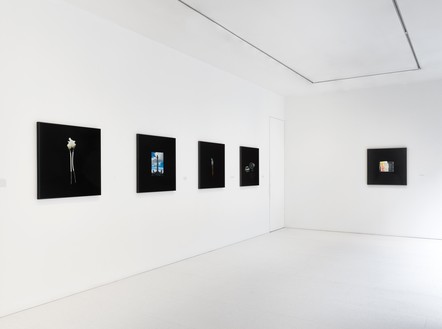
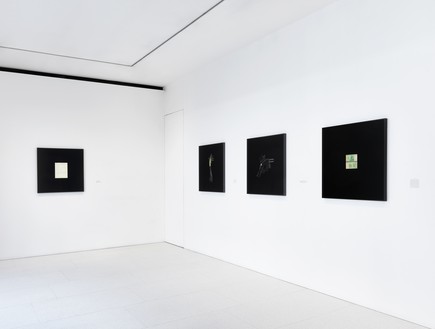



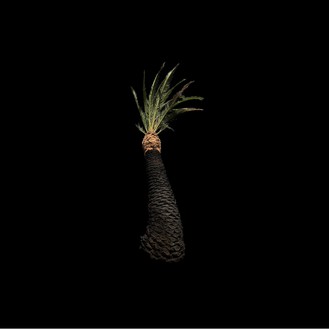

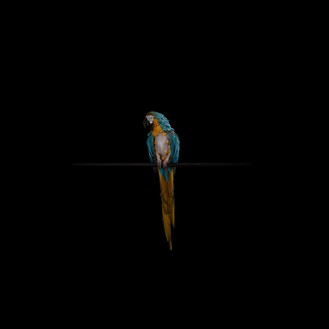
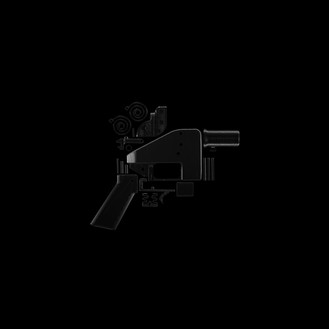
![Taryn Simon, Black Square XVI. George Orwell’s Animal Farm was rejected by Knopf Publishing Company on September 18, 1945. The manuscript was described as a “[s]tupid and pointless fable in which the animals take over a farm and run it, and their society takes about the course of the Soviet Union as seen by Westbrook Pegler. It all goes to show that a parallel carried out to the last detail is boring and obvious. Even Pegler gets off a few smart lines now and then but this is damn dull. Very very NFK.”, 2006, from the series Black Square, 2006– Archival inkjet print, framed: 31 ¾ × 31 ¾ inches (80.6 × 80.6 cm), edition of 5 + 2 AP© Taryn Simon](https://gagosian.com/media/images/exhibitions/2019/taryn-simon-a-burn-scar-visible-from-space/Sc9LvVwSdxsU_585x329.jpg)





